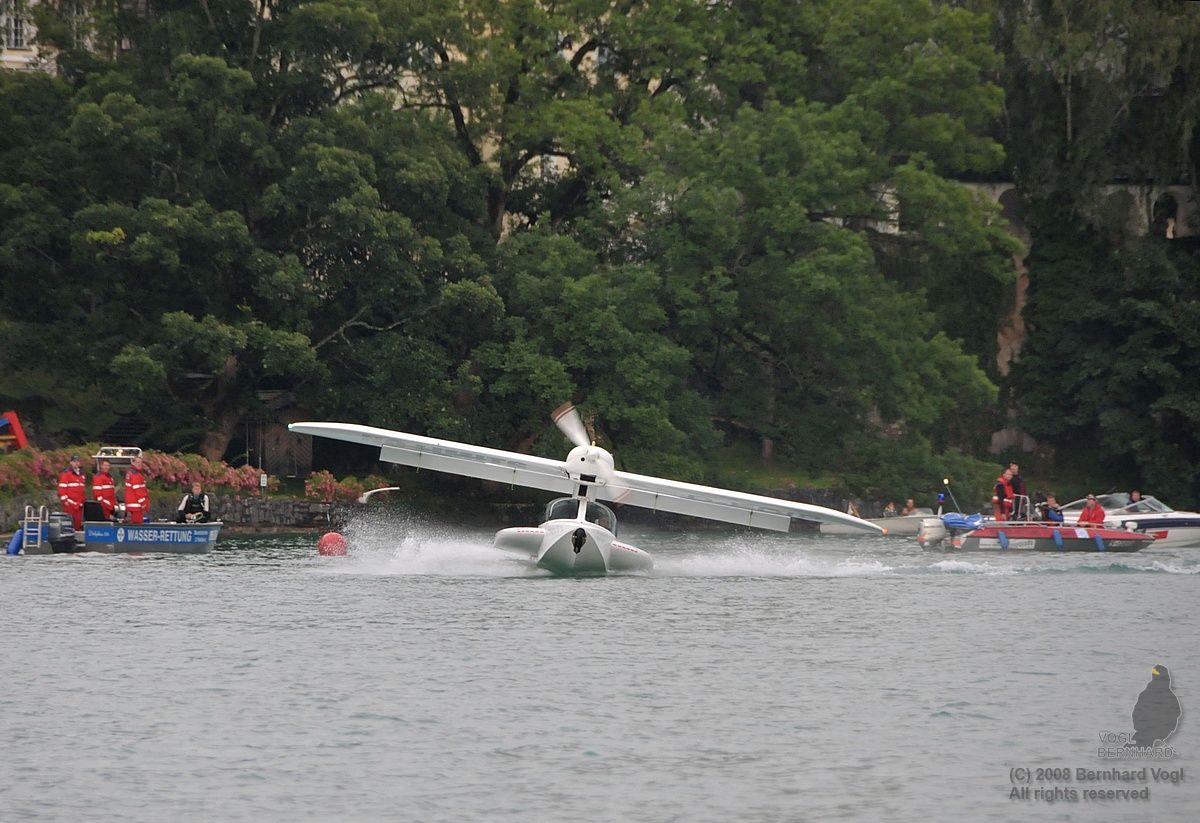Microsoft Research has released a free stand-alone panorama stitcher called "Image Composite Editor". It is an automatic panorama stitcher focused towards easy assembly of panoramas for hobbyists and occasional photographers.
To find out more about the features, read the announcement at Microsoft Research
Some interesting features, packed with this software, are worth to point out:
- easy to use panorama editor to align the panorama
- direct output to HDView and Deep Zoom tiles, so you can stitch high resolution panoramas without having to care about file sizes.
- Planar stitching modes:
- mode 1: assemble images without warping. Useful for assembling a large image from scanned parts, e.g. a large map.
- mode 2: rotate, skew and resize images to fit. Useful if you stitch a panorama where the single images are captures from different positions
- mode 3: stitch large horizontal scenes ("wall panoramas")















































 Project Gotham Racing 4 on XBox 360
Project Gotham Racing 4 on XBox 360